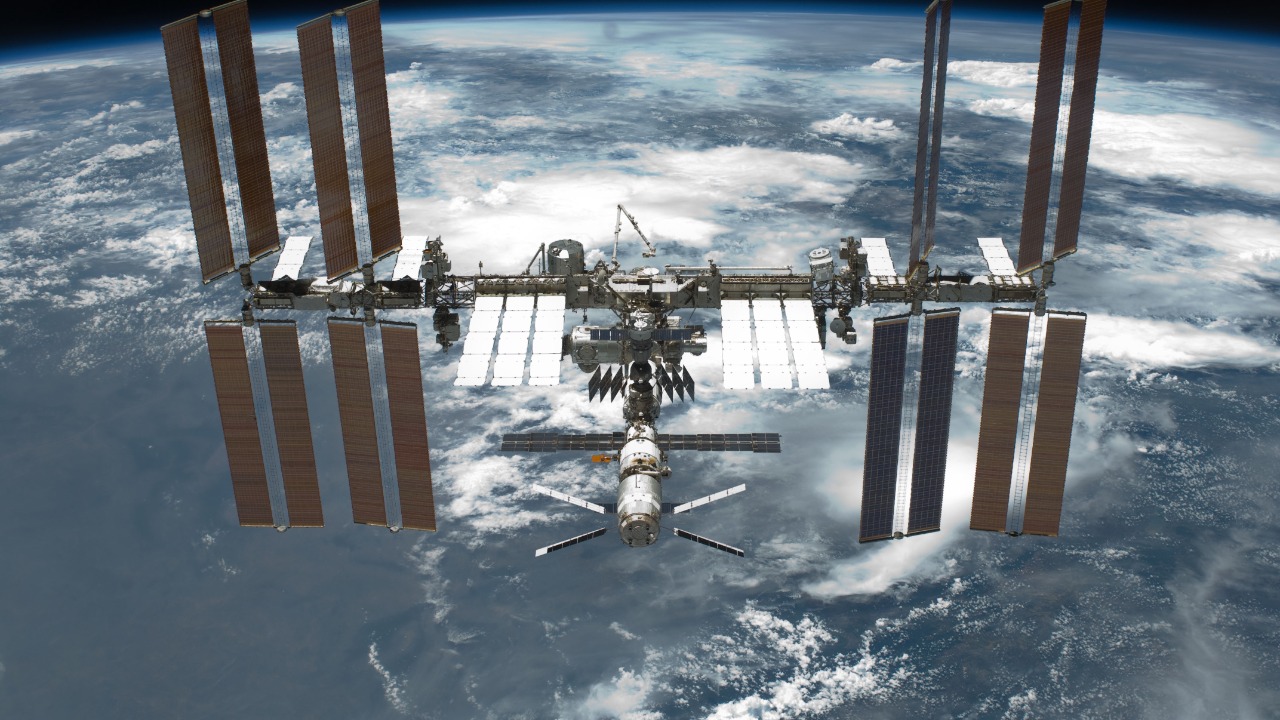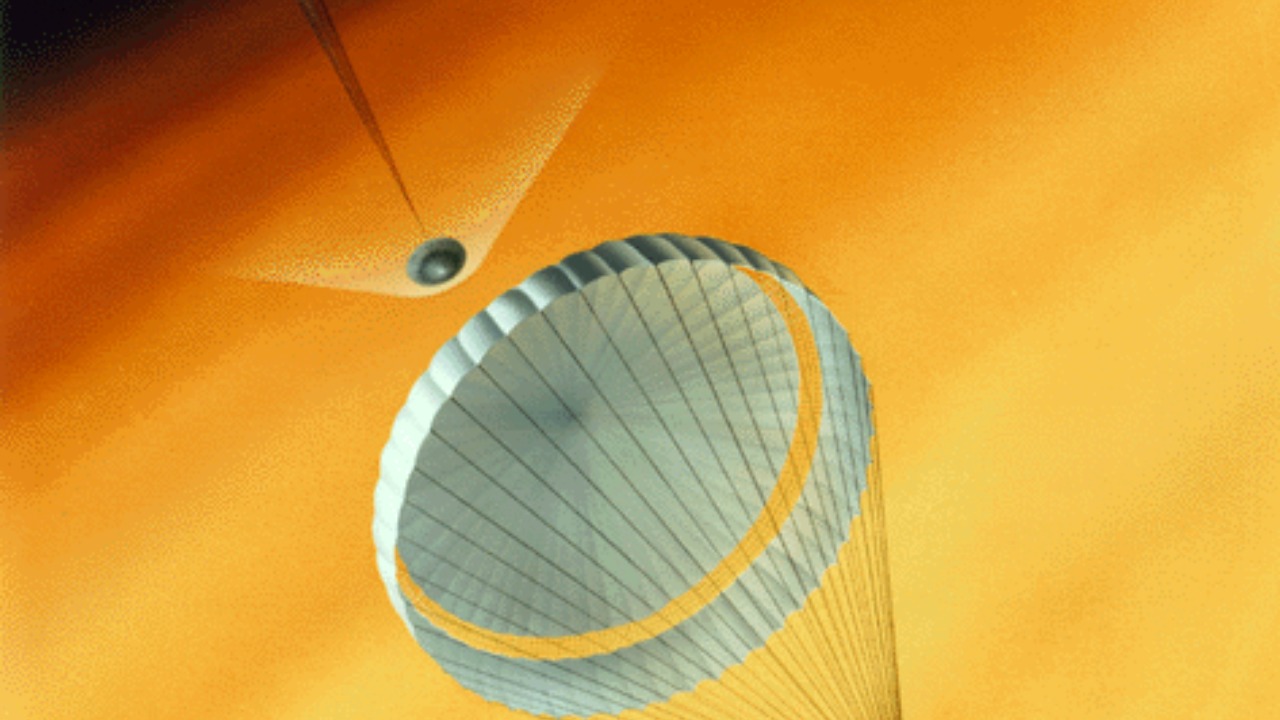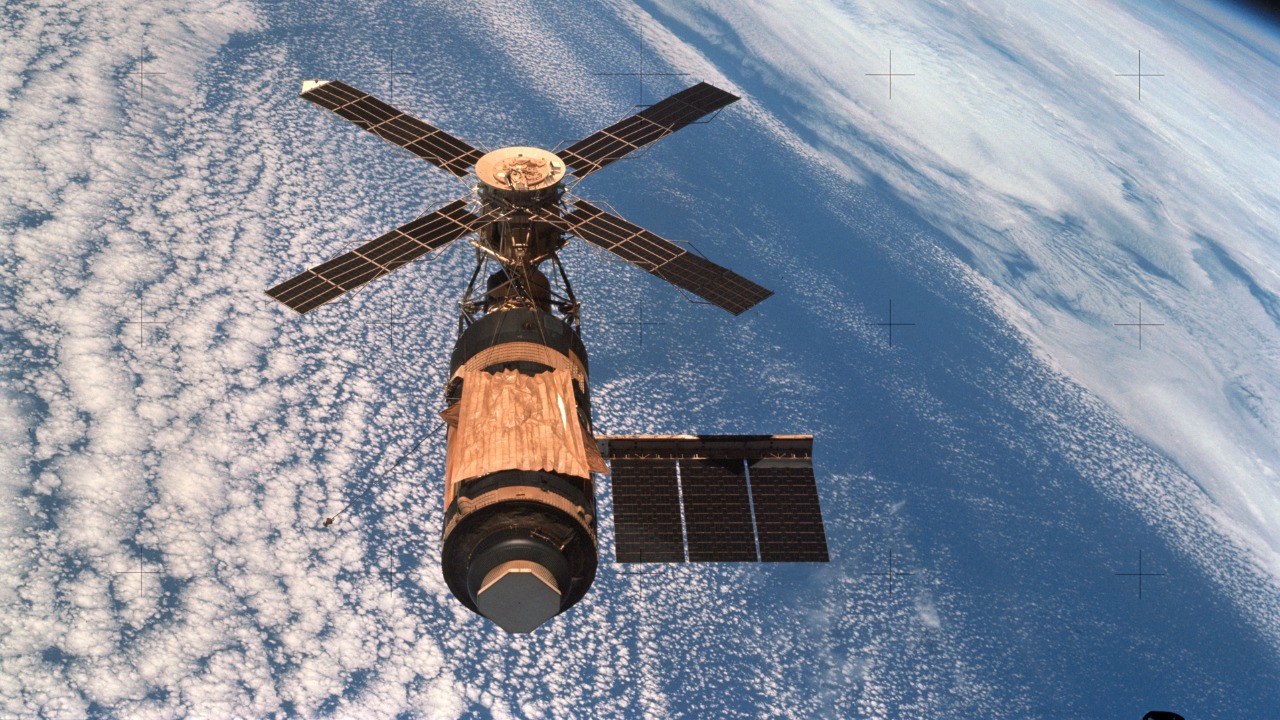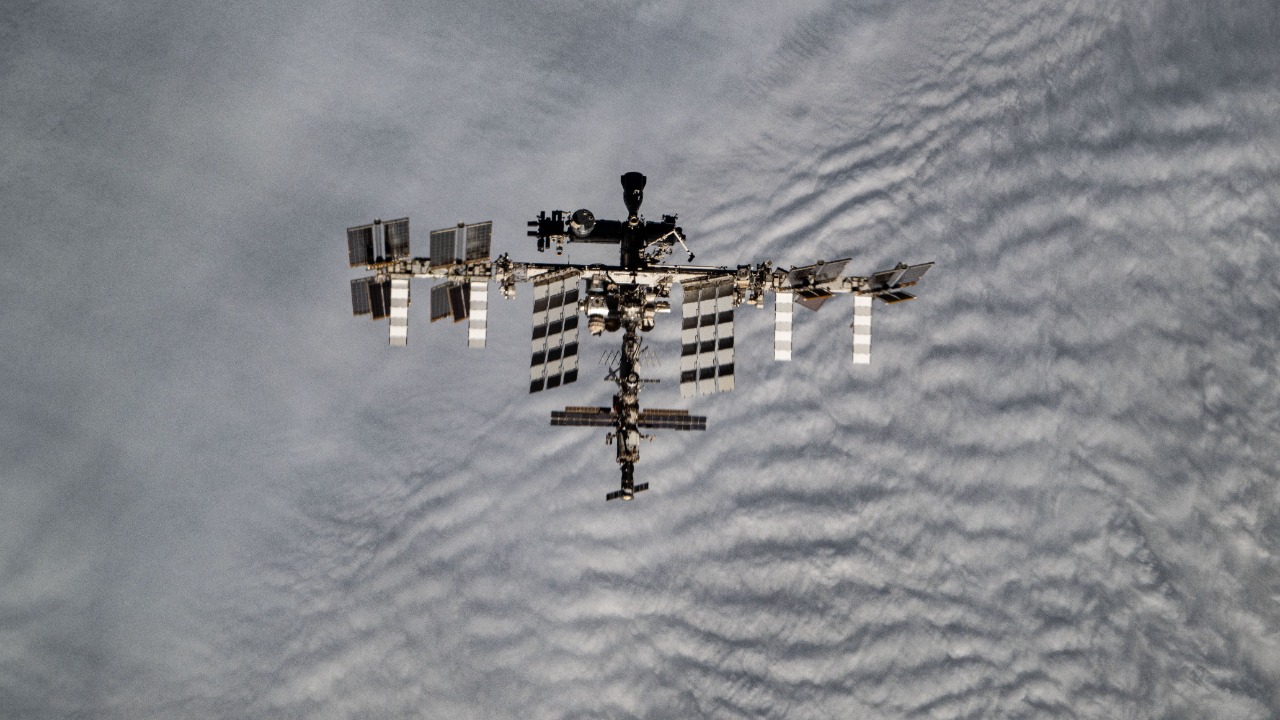
The International Space Station (ISS) has stood as a beacon of international cooperation and scientific progress since its inception. Recently, NASA announced plans to deorbit the ISS, a move that involves complex considerations and evokes questions about the future of human presence in space. With this decision, the world prepares for the end of an era in space exploration, paving the way for new beginnings.
The Decision to Deorbit the ISS

Since its launch in 1998, the ISS has been central to numerous scientific breakthroughs and has served as a platform for unprecedented international collaboration. Over two decades, it has hosted astronauts from 19 countries and has been instrumental in experiments ranging from biological studies to the testing of new space technologies. However, the station’s infrastructure is aging, presenting significant maintenance challenges. Components that were built to last 15 years are now more than 20 years old, leading to increased costs and the potential for catastrophic failures.
Deorbiting the ISS is not solely NASA’s decision. As a collaborative project involving agencies like Roscosmos, ESA, JAXA, and CSA, the decision reflects extensive discussions among international partners. Each partner has weighed the costs and benefits of maintaining the ISS against the pressing need to invest in new technologies and missions. The consensus is that redirecting resources to next-generation space stations and exploration missions is essential for the future of space exploration. According to a detailed analysis in LADbible, this strategic pivot aims to ensure continued scientific progress and international cooperation in space.
Technical Aspects of the Deorbit Plan

Deorbiting the ISS requires sophisticated technology to control its descent safely. The process involves using thrusters to guide the station into a controlled reentry path, ensuring it lands in the remote waters of the South Pacific Ocean, known as the “spacecraft cemetery.” This area is chosen to minimize the risk to human life and infrastructure. Engineers are working on precise calculations to ensure that the station’s massive structure disintegrates safely upon re-entry, with any remaining debris harmlessly sinking into the ocean.
Environmental concerns are at the forefront of the deorbit plan. Analysts are assessing the potential impact on marine ecosystems and the atmosphere. The atmospheric burn-up of the ISS could release trace gases, but experts suggest that these effects will be minimal compared to natural atmospheric processes. According to Mashable, while there are environmental risks, they are carefully managed to mitigate any significant damage. The timeline for deorbiting the ISS is projected for the late 2020s, with key stages including the reduction of altitude, the final controlled descent, and ocean impact.
Safety and Environmental Concerns

Ensuring safety during the ISS deorbiting process is paramount. Risk management strategies focus on protecting both human life and the environment. By selecting a remote oceanic region for impact, the risks to populated areas are minimized. Nevertheless, NASA and its partners are developing contingency plans to address any unforeseen events during descent. The lessons learned from previous reentries of space debris, such as the Skylab in 1979 and the Mir space station in 2001, are instrumental in refining these strategies.
The atmospheric implications of deorbiting a structure as large as the ISS are significant. As it reenters, the station will heat up and disintegrate, releasing energy and particles into the atmosphere. While some experts warn about potential climate effects, these are expected to be negligible in the grand scheme of global atmospheric dynamics. The reentry of the ISS will also serve as a valuable case study for future missions, offering insights into the behavior of large structures during atmospheric reentry and informing the design of more sustainable space technology.
The Future of Space Stations

As the ISS approaches the end of its operational life, new initiatives are emerging to fill the void. Both international and commercial entities are developing next-generation space stations. Projects like the Lunar Gateway, a planned lunar-orbit space station, and commercial ventures by companies like Axiom Space and Blue Origin, exemplify the future of orbital platforms. These new stations promise to extend scientific research capabilities and foster international collaboration beyond Earth’s orbit.
The transition from the ISS to new space stations will affect scientific research and international cooperation. The ISS has been pivotal in fostering partnerships and promoting peaceful collaboration in space. The new platforms are expected to continue this tradition, albeit with a focus on technological advancement and exploration beyond Earth’s orbit. This shift reflects a broader vision for space exploration, where human presence in space is not only sustained but expanded. The New Scientist outlines how these new initiatives aim to push the boundaries of what is possible in human spaceflight and scientific discovery.
Public and Scientific Reactions

The decision to deorbit the ISS has elicited varied reactions from the scientific community and the public. Many scientists and engineers express optimism about the future, viewing the deorbit as an opportunity to redirect resources towards innovative projects. They emphasize the potential for new discoveries and advancements in space technology. However, some express concern over the loss of a valuable research platform and the challenges of transitioning to new stations.
Public perception of the deorbit decision is mixed. While some view it as a natural progression in space exploration, others lament the end of an iconic era. Educational initiatives are underway to use the deorbiting process as a learning tool, engaging students and the general public in discussions about space technology and international cooperation. By framing the deorbit as a crucial step in the evolution of space exploration, educators aim to inspire a new generation of scientists and engineers. For more insights, a comprehensive analysis is available for those interested in the broader implications of this historic decision.